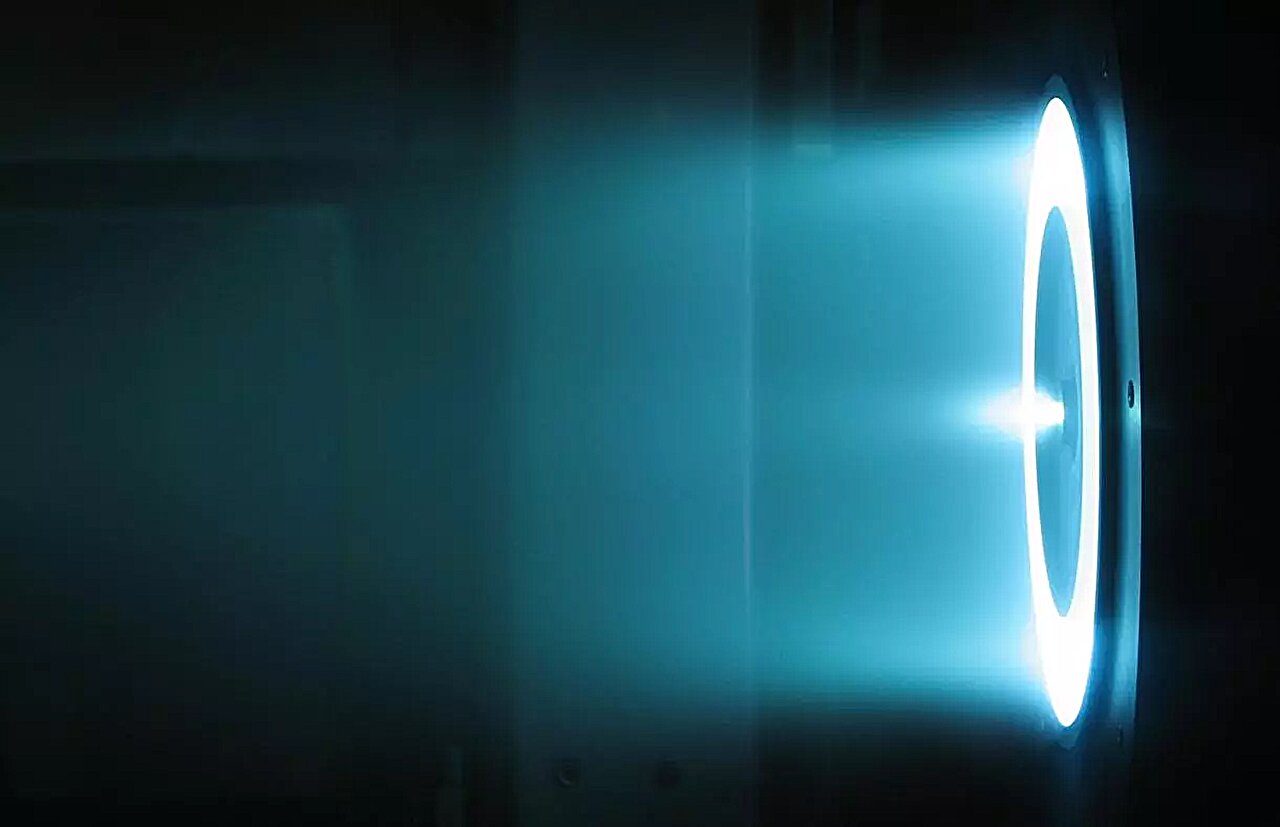The pursuit of more efficient, reliable, and capable spacecraft propulsion systems has long been a cornerstone of human ambition in space exploration. Propulsion engineers are continuously pushing the boundaries of what technology can achieve to meet the demands of long-term, deep-space missions. One of the emerging stars in this field is Chen Cui, a new assistant professor at the University of Virginia School of Engineering and Applied Science, who is exploring ways to optimize electric propulsion (EP) systems. These thrusters are viewed as a key technology for future missions to the moon, Mars, and beyond.
Cui’s research dives deep into the microscopic world of electrons, focusing on their behavior within the plasma beams emitted by electric propulsion thrusters. This level of study is vital because these seemingly insignificant particles govern the broader dynamics of plasma beams, which ultimately determine the propulsion system’s efficiency, reliability, and interaction with spacecraft systems.
Electric propulsion operates by ionizing a neutral gas, typically xenon, and then using electric fields to accelerate the resulting ions. This ionized gas is expelled at high velocities, creating a plasma beam that propels the spacecraft forward. Compared to traditional chemical rockets, EP systems are significantly more fuel-efficient. They can enable spacecraft to travel farther while carrying less fuel, a critical advantage for long missions where resupply is impossible. EP systems are often powered by solar panels or nuclear reactors, making them ideally suited for missions such as NASA’s Artemis program, which aims to return humans to the moon and prepare for eventual voyages to Mars and the outer planets.
Yet, despite their many advantages, EP systems come with unique challenges. The plume of plasma emitted by these thrusters is not merely exhaust; it is a dynamic system with the potential to interact with and even damage the spacecraft. For example, some particles may reverse direction and strike critical components such as solar panels, sensors, or antennas. Over the years-long duration of a mission, such effects could degrade the spacecraft’s functionality or even end the mission prematurely. Thus, a deeper understanding of how the plasma plume behaves is essential for ensuring that EP systems can perform reliably during long-term missions.
Cui’s research is grounded in advanced computational simulations that study plasma dynamics at a granular level. These simulations are not ordinary—they leverage powerful supercomputers and employ a sophisticated method called Vlasov simulation, which allows for “noise-free” calculations. This method provides a clearer picture of how electrons behave within the plasma beam, free from the distortions that simpler models might introduce.
One of Cui’s key findings revolves around the movement of electrons within the plasma beam. Electrons in EP beams exhibit unique patterns that vary depending on their speed and temperature. In their recent study, Cui and his collaborator, Joseph Wang, described the electrons’ behavior as resembling marbles packed into a tube. Within the plasma beam, these “marbles” (electrons) are extremely energetic, moving rapidly and maintaining a relatively stable temperature. However, as electrons move away from the central beam, they begin to lose energy and cool, primarily in the direction perpendicular to the beam’s axis.
Cui and Wang discovered that the electron velocity distribution within the plasma beam takes on a near-Maxwellian shape—a familiar bell curve—when examined along the beam’s direction. However, perpendicular to the beam, the velocity distribution changes to a “top-hat” profile, a flat distribution distinct from the beam’s central dynamics. This finding is critical because it reveals the complexity of electron motion within the plasma plume, providing a more nuanced understanding than previous models offered.
Another key discovery pertained to the flow of thermal energy—or electron heat flux—through the EP plasma beam. Heat flux is a major pathway for energy movement, and understanding its behavior is crucial for predicting how the plasma will interact with spacecraft components. Cui and Wang found that the heat flux predominantly occurs along the beam’s direction. This directional heat movement introduces unique dynamics that had not been fully captured in earlier theoretical or computational models.
These insights have implications far beyond academic curiosity. By understanding these electron dynamics in detail, scientists and engineers can design EP systems that minimize adverse interactions between the plasma plume and the spacecraft. This could lead to improved designs for thrusters, spacecraft surfaces, and shielding systems, ultimately increasing the lifespan and reliability of spacecraft on long-term missions.
Cui’s work is part of a broader movement to harness advanced computational tools for solving complex problems in aerospace engineering. His simulations provide a window into processes that are difficult or impossible to observe directly, offering a level of detail that traditional experimental setups cannot achieve. These tools are particularly important for studying EP systems, where microscopic behaviors like electron movement have macroscopic effects on performance and reliability.
Electric propulsion is expected to play a central role in humanity’s expansion into the solar system. Current and future missions under NASA’s Artemis program depend on reliable, efficient propulsion systems to explore the moon and establish a sustainable presence there. These same systems will likely be critical for missions to Mars and beyond, where the distances involved and the lack of refueling options make efficiency and reliability paramount.
Chen Cui’s research represents a significant step forward in the understanding and development of electric propulsion systems. By revealing new details about electron dynamics and heat flux in plasma beams, his findings provide a foundation for optimizing EP thrusters and ensuring their successful integration with spacecraft systems. As humanity sets its sights on the stars, such foundational research will be critical in turning dreams of interplanetary travel into reality. The ability to go faster, farther, and more efficiently is not just a technical challenge—it is a gateway to our future in space.
Reference: Chen Cui et al, Vlasov simulations of electric propulsion beam, Plasma Sources Science and Technology (2024). DOI: 10.1088/1361-6595/ad98c0
